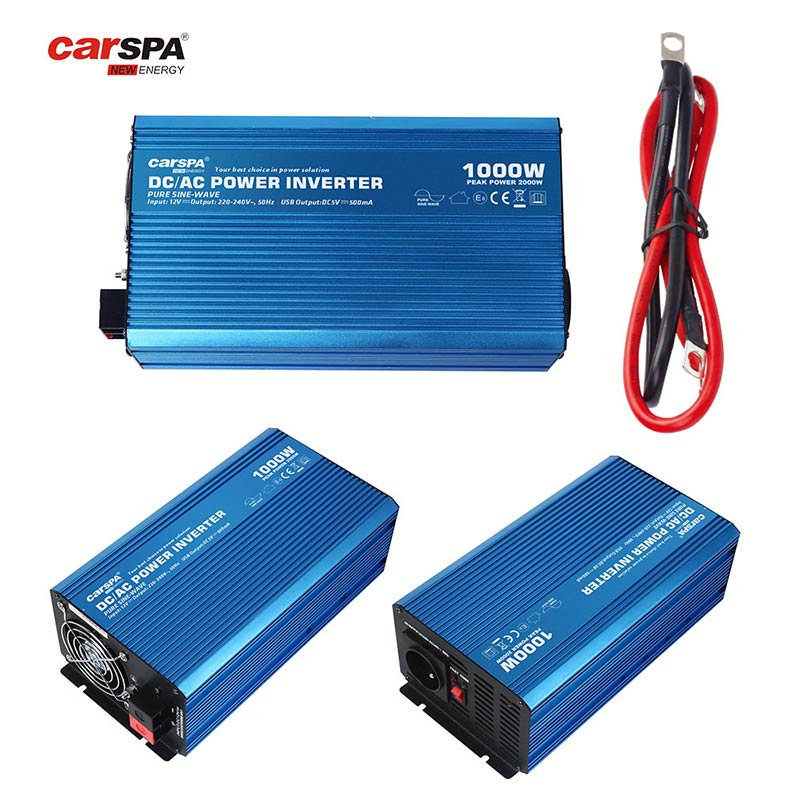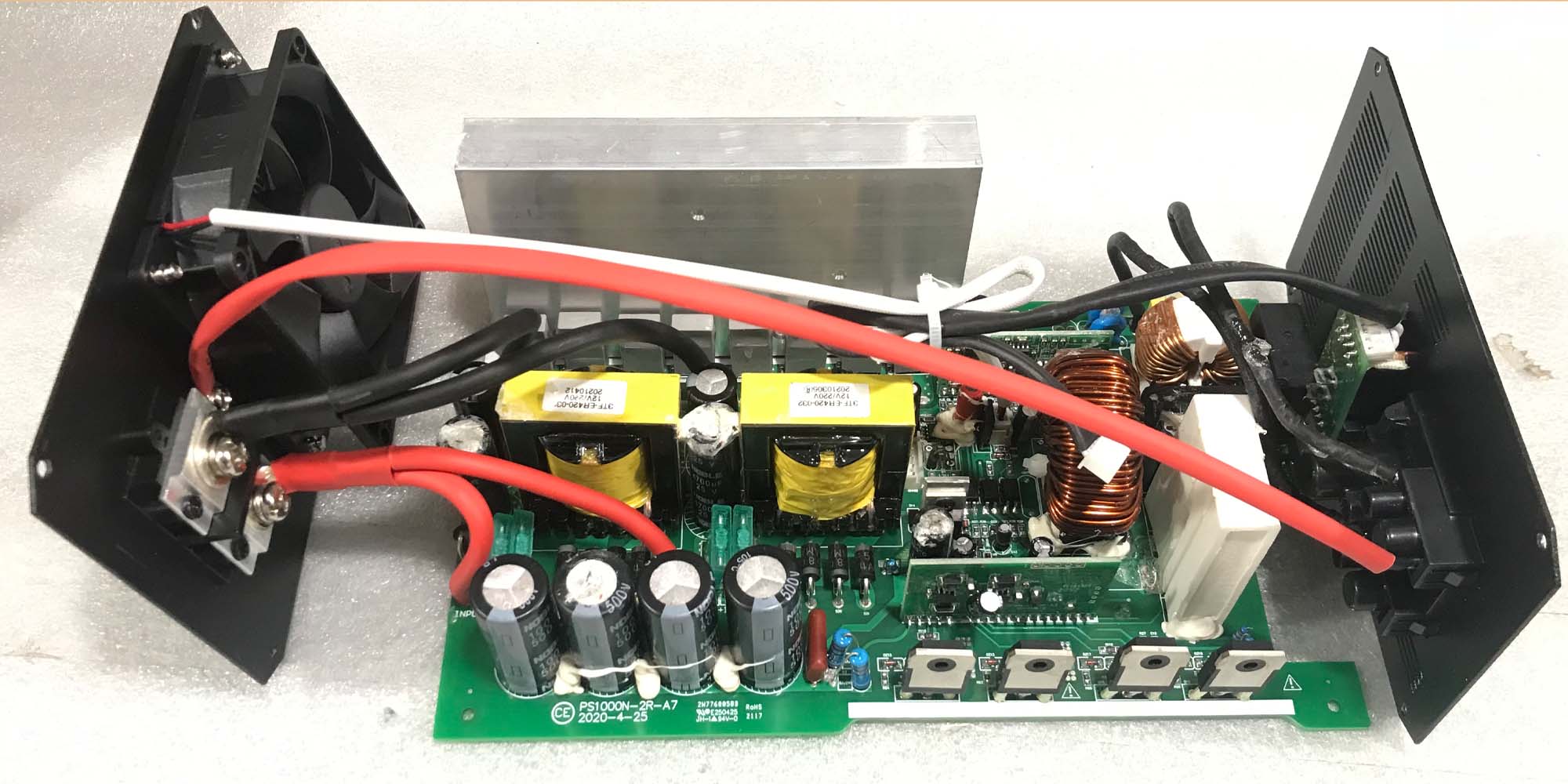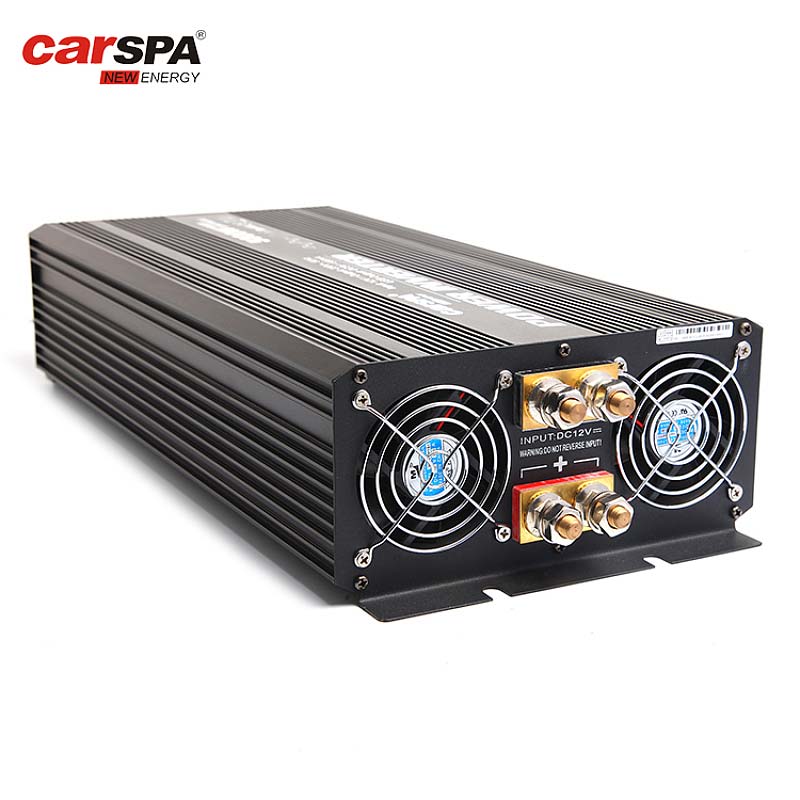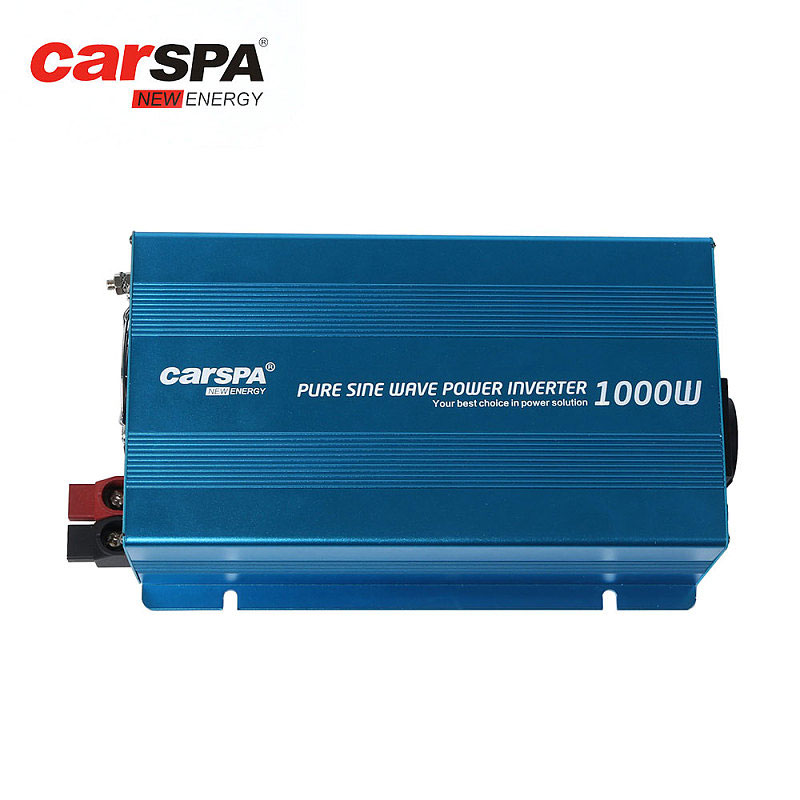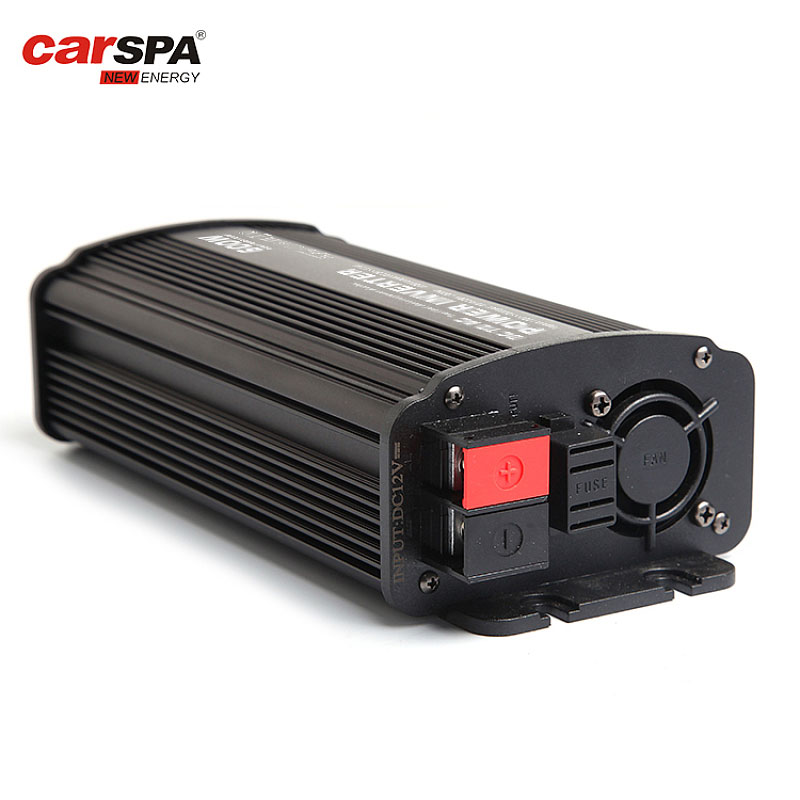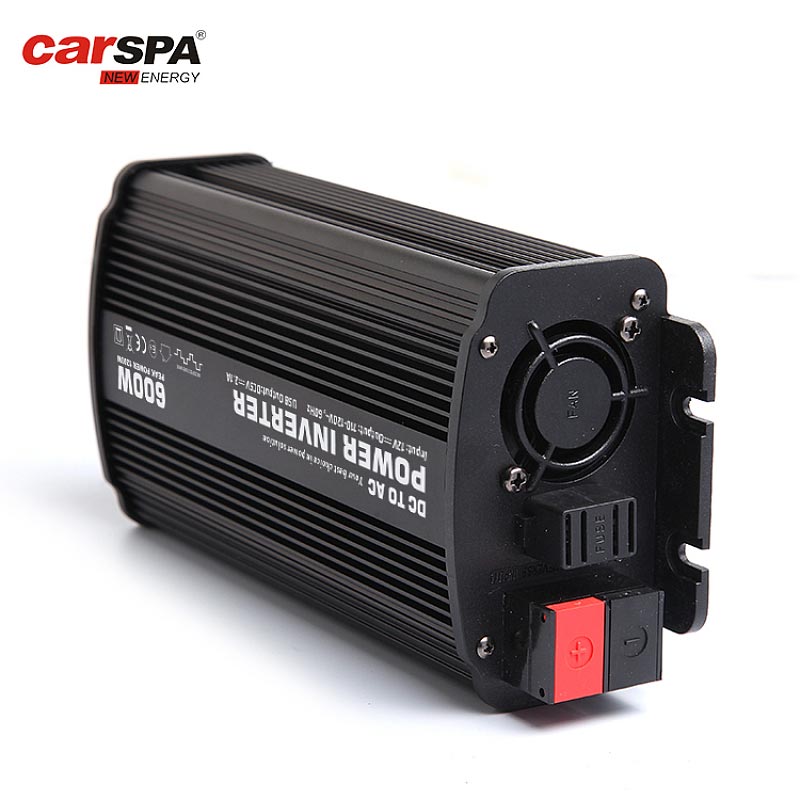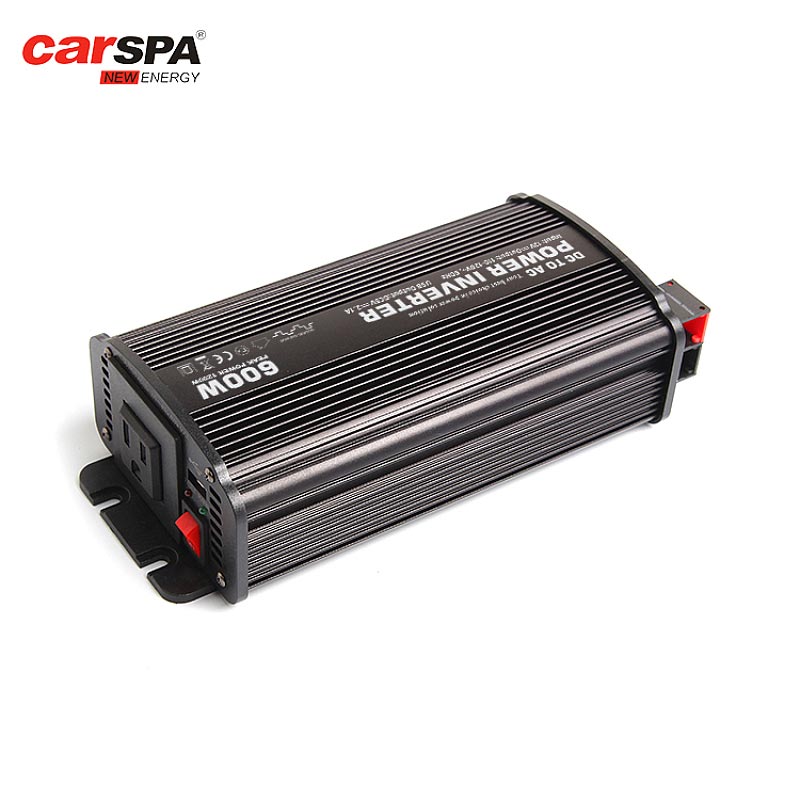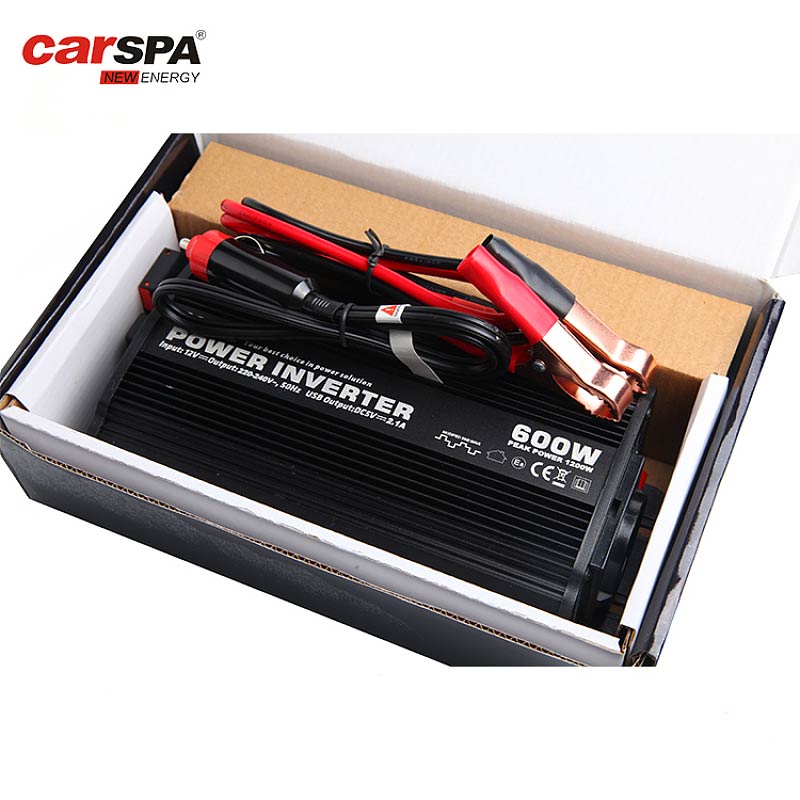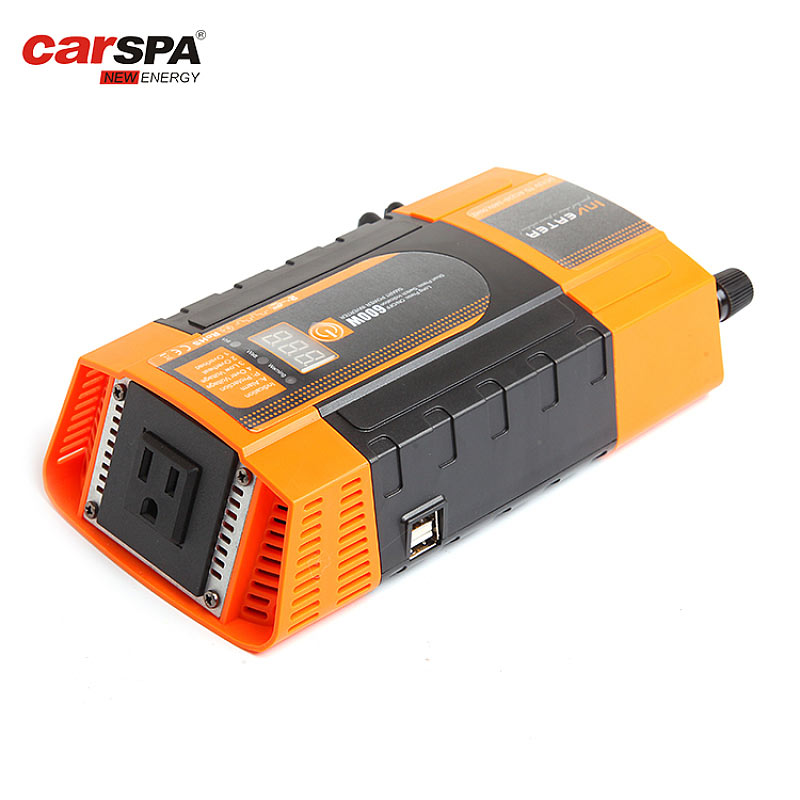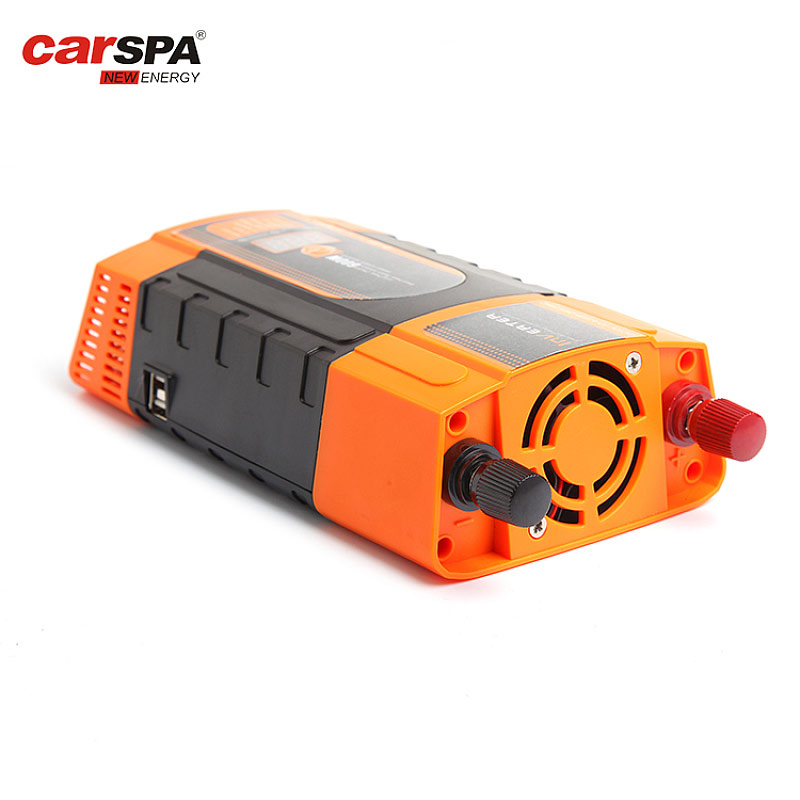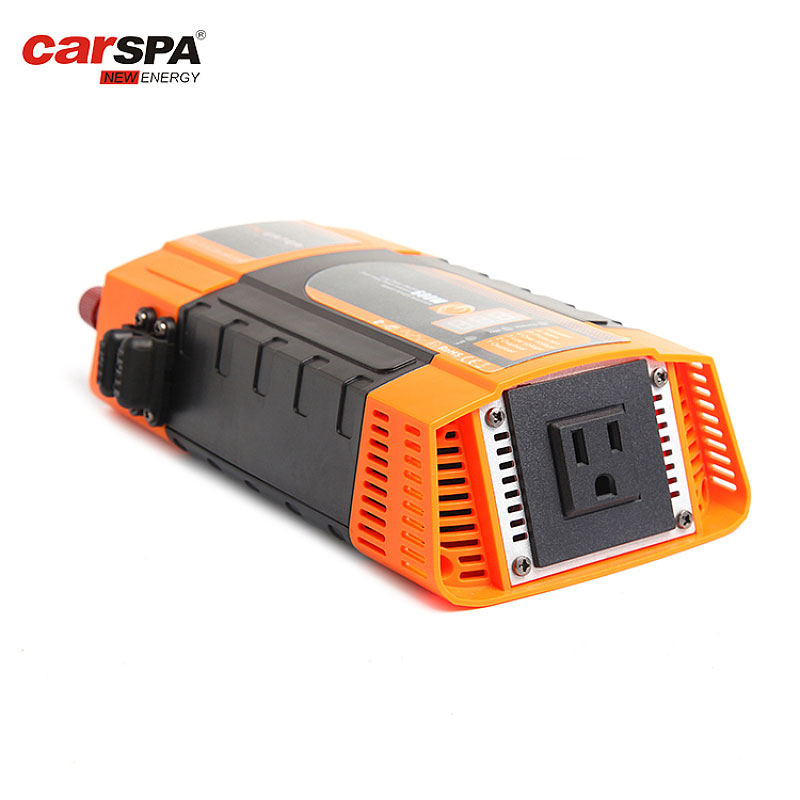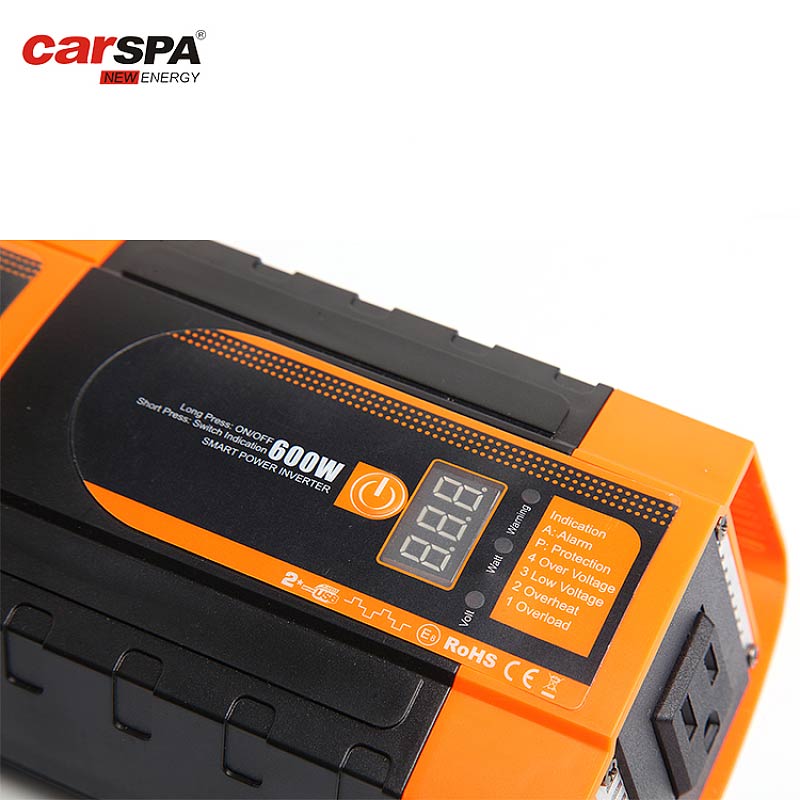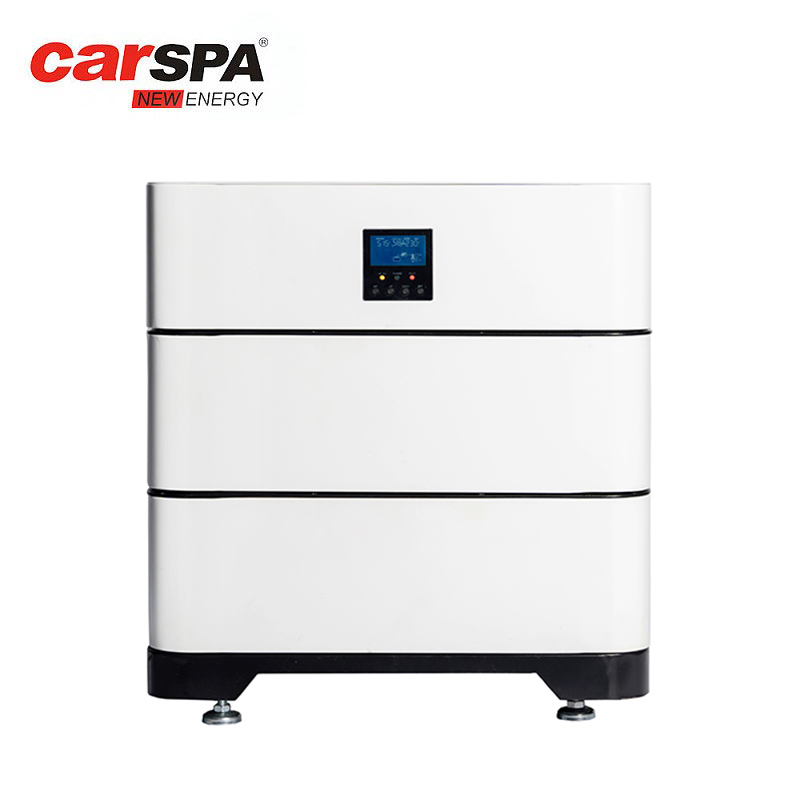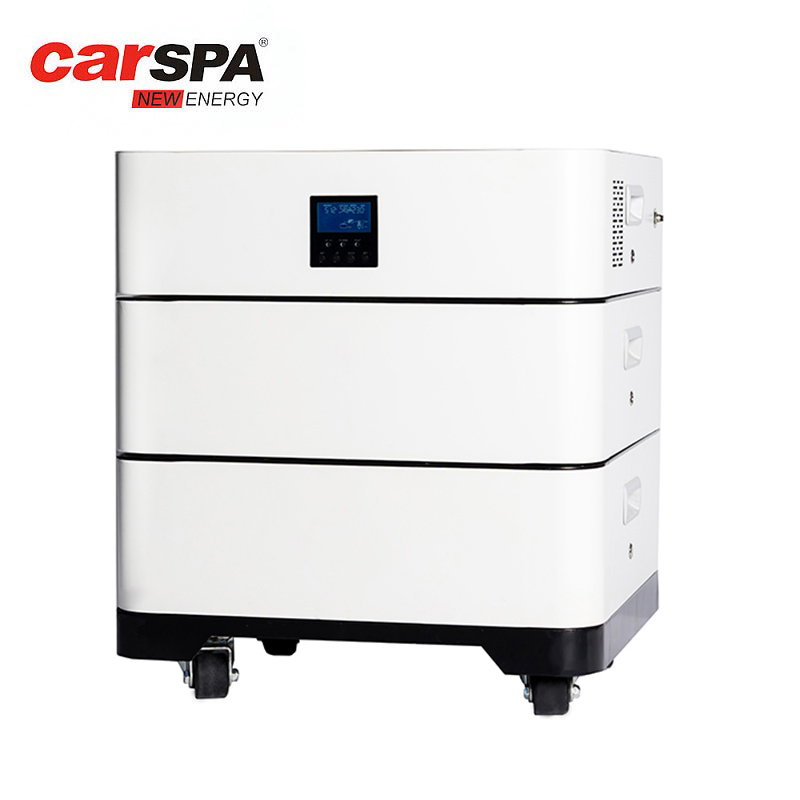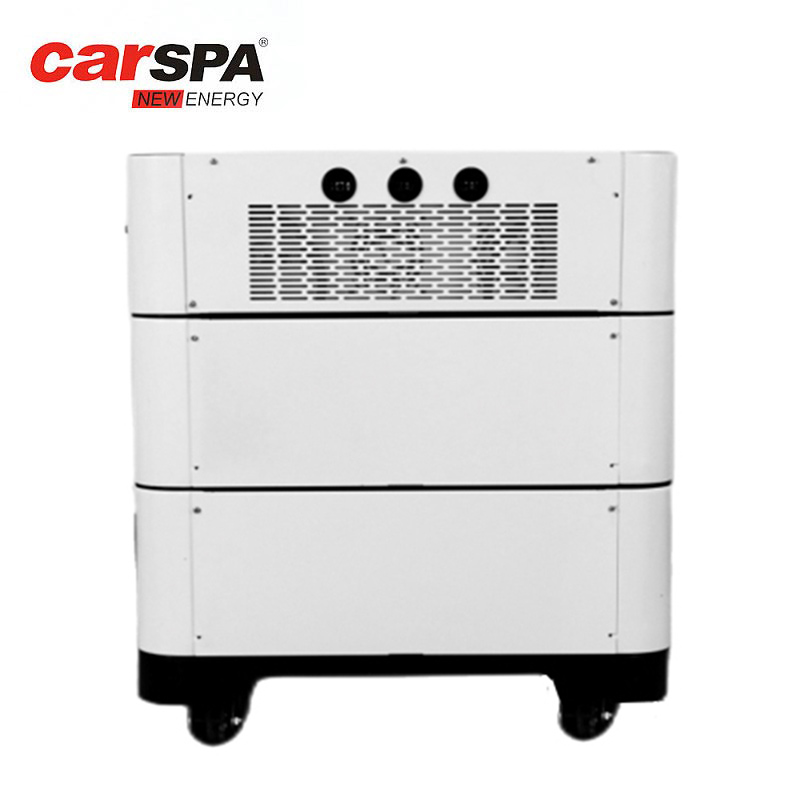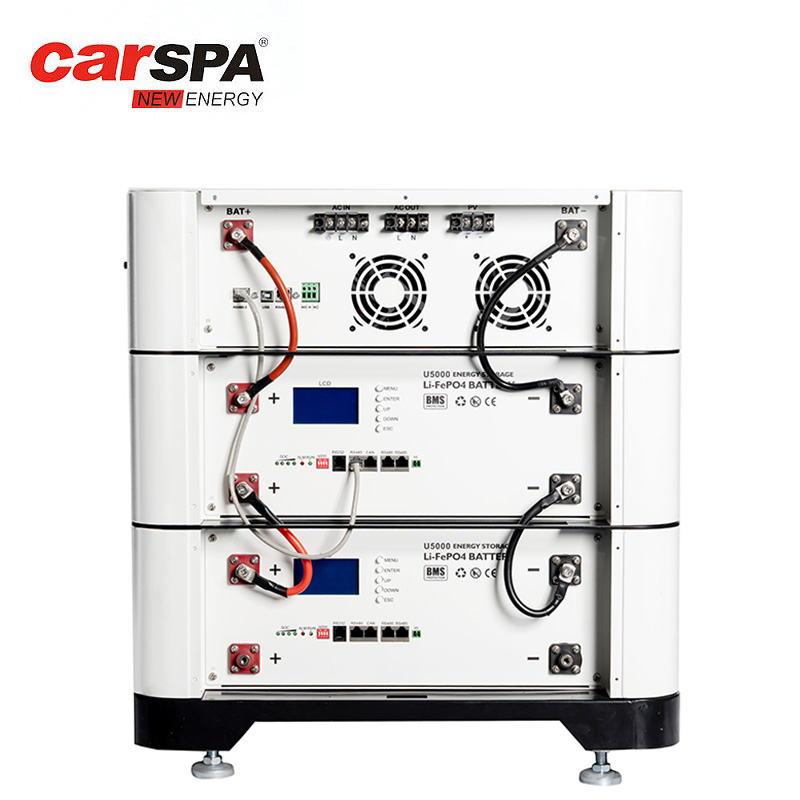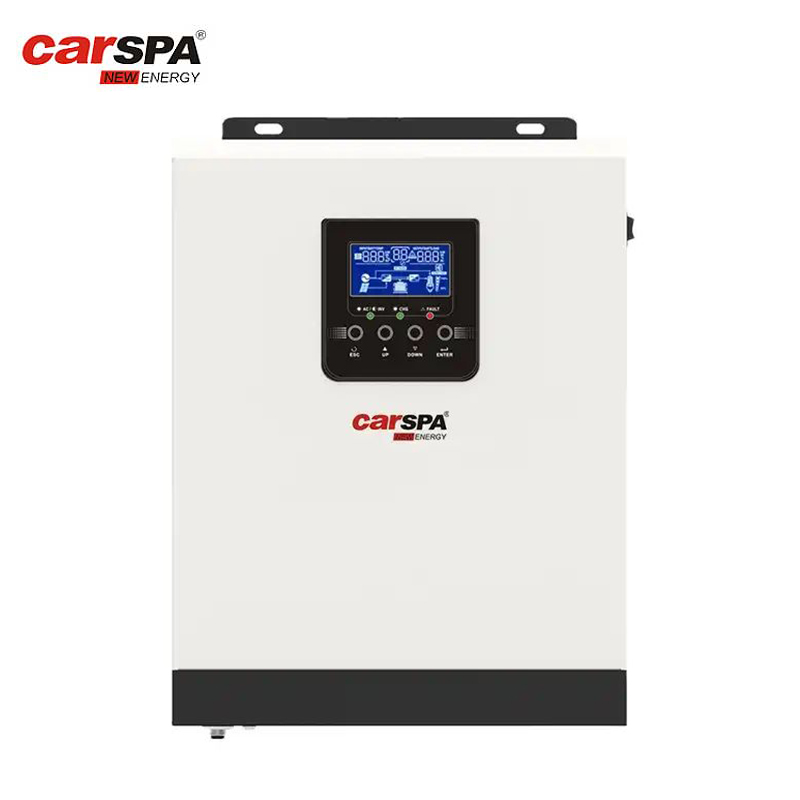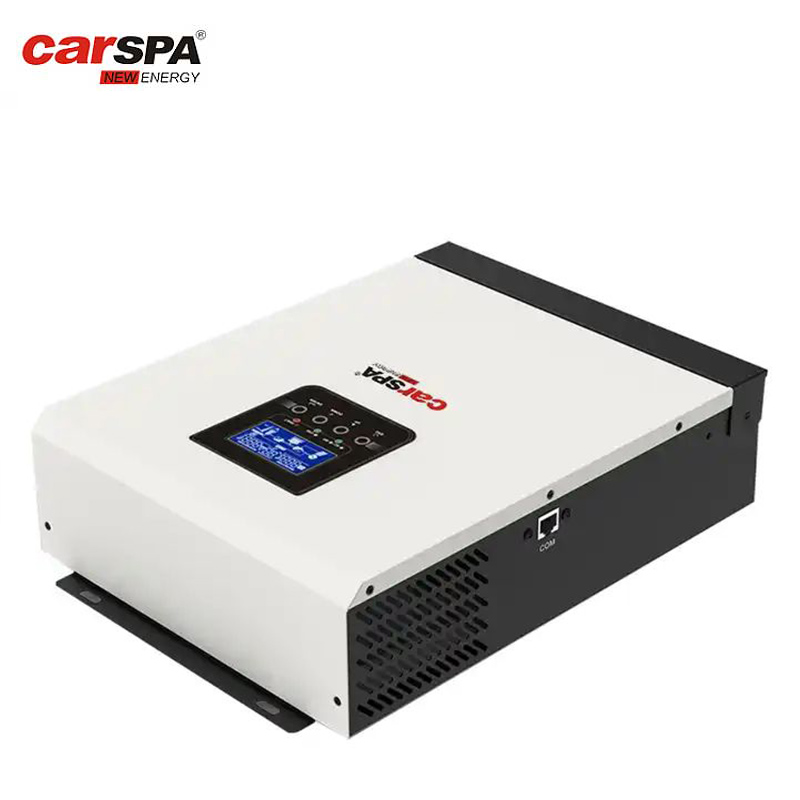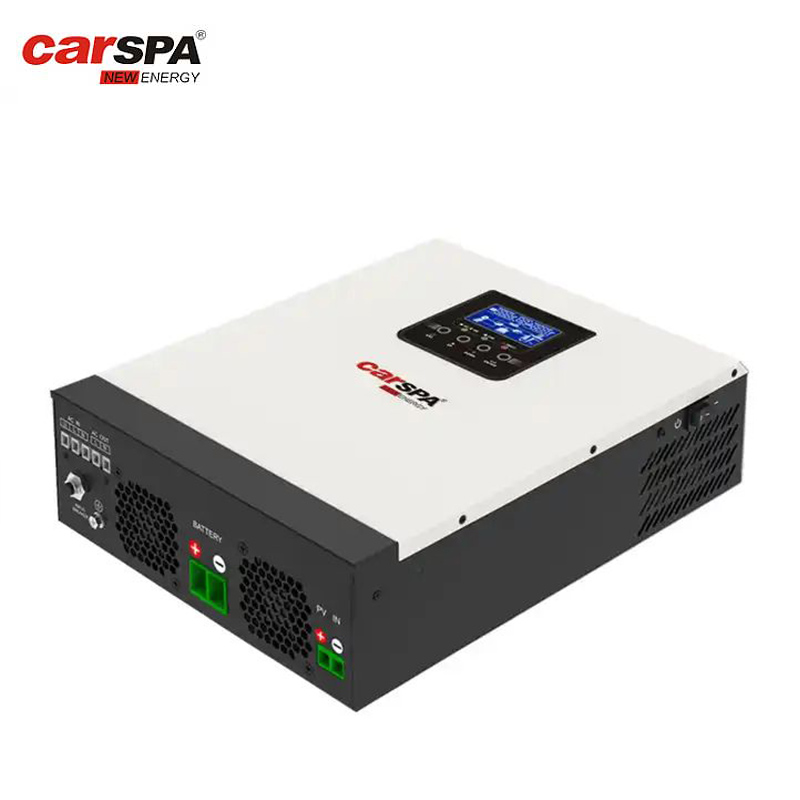Is a 3000W inverter right for me?
Deciding whether a 3000W power inverter is suitable for your needs involves a nuanced understanding of both your household's energy consumption and the capabilities of such an inverter. This introductory guide is designed to help you navigate the considerations crucial in making this decision. An inverter acts as a backbone for converting DC (direct current) to AC (alternating current), making it a pivotal component in both off-grid solar systems and as a backup power supply in grid-tied homes. The choice of a 3000W inverter is often appealing due to its balance between providing ample power for many household appliances and maintaining a cost-effective energy solution. However, the suitability of this power option depends on various factors including your typical energy usage, peak power demands, and the specific appliances you wish to operate. Through this article, we will explore how to assess your power requirements, understand the limitations of a 3000W inverter, and consider whether this device aligns with your lifestyle and energy consumption patterns. This knowledge will empower you to make an informed decision about integrating a 3000W inverter into your home energy system.
Can I run my entire home on a 3000W power inverter?
To determine whether you can run your entire home on a 3000W power inverter, you need to consider several factors including the total power requirements of your household appliances, the duration of their use, and the peak power consumption. Here's a detailed explanation on how to evaluate this:
Understanding Power Requirements
1. List Your Appliances: Begin by listing all the appliances and electronic devices you intend to power with the inverter. This includes everything from lights and televisions to refrigerators and washing machines.
2. Calculate Total Wattage: Each appliance has a wattage rating, which can usually be found on the device or in its manual. Add up the wattages of all appliances to get a total wattage requirement.
3. Consider Simultaneous Usage: Determine which appliances will be used at the same time. This is critical because even though the total wattage of all your appliances might be well above 3000W, you might not use them all simultaneously.
Example Calculation
Suppose you have the following key appliances:
- Refrigerator: 200W (running continuously throughout the day)
- LED Lights: 10 x 10W = 100W (used during the evening)
- Television: 150W (used for a few hours in the evening)
- Microwave: 1000W (used occasionally for short periods)
- Air Conditioner: 1500W (used during hot days)
- Washing Machine: 1200W (used occasionally)
If you run the refrigerator (200W), LED lights (100W), and TV (150W) simultaneously, the total comes to 450W. This is well within the capacity of a 3000W inverter. However, if you add the air conditioner (1500W), the total consumption would be 1950W, still within the inverter's limit. But using the washing machine or microwave at the same time could exceed the 3000W capacity, especially if other smaller devices are also in use.
Peak vs. Continuous Power
1. Continuous Power: This is the power rating the inverter can handle on a continuous basis. For a 3000W inverter, this means it can supply up to 3000 watts continuously.
2. Peak or Surge Power: Many appliances require more power to start up than to run continuously. This is known as surge power. An inverter's peak power rating indicates the maximum wattage it can deliver briefly to start up these appliances.
Key Considerations
-
Energy Management: To effectively use a 3000W inverter, you may need to manage your usage patterns. This might involve running high-power appliances at different times (e.g., not using the microwave and air conditioner simultaneously).
-
Inverter Specifications: Ensure the inverter's peak/surge rating can handle the highest possible simultaneous surge from your appliances.
-
Emergency vs. Regular Use: If you're planning to use the inverter as a backup during power outages, consider which appliances are essential and could be run simultaneously without exceeding the 3000W limit.
so While a 3000W inverter can handle a moderate load and is suitable for many small to medium-sized homes, it might not be adequate for larger homes with high simultaneous energy usage. Planning appliance use and understanding total and peak energy requirements are crucial for determining if a 3000W inverter meets your needs.
How do I choose the right battery for my 3000W inverter?
Choosing the right battery for a 3000W inverter requires calculating the total energy needs, considering the efficiency of the inverter, and selecting a battery that meets those needs within safe operational limits. Here’s a straightforward method you can use to calculate this, even without prior experience:
Step-by-Step Calculation
Step 1: Determine Your Power Needs
- Daily Energy Consumption (Wh/day): Estimate how many watt-hours per day you need. This could be based on the power ratings of appliances you plan to use and how long you use them each day. For example, if you use a 500-watt appliance for 3 hours a day, it consumes 1500 watt-hours per day.
Step 2: Calculate Total Watt-Hours Needed
- Total Required Watt-Hours: Multiply your daily energy needs by the number of days you want to be able to run on battery power without recharging (in case of no sunlight for solar setups, for example). If you want a one-day buffer, you'd simply use the daily figure:
- Example: 1500 Wh/day x 1 day = 1500 Wh
Step 3: Adjust for Inverter Efficiency
- Efficient Use of Inverter: Inverters are not 100% efficient; typically, they are about 85% efficient. You need to divide the total watt-hours by the efficiency to find out how much more power is actually needed:
- Adjusted Requirement: 1500 Wh / 0.85 ≈ 1765 Wh
Step 4: Account for Battery Depth of Discharge (DoD)
- Safe Discharge Level: Lead-acid batteries should not be discharged below 50% of their capacity to prolong their life, while some lithium batteries can safely go down to 20%.
- Required Battery Capacity: 1765 Wh / 0.50 = 3530 Wh for lead-acid, or 1765 Wh / 0.80 = 2206 Wh for lithium-ion.
Step 5: Calculate Battery Capacity in Amp-Hours (Ah)
- Battery Voltage: Choose the voltage of your battery system, typically 12V, 24V, or 48V.
- Battery Capacity in Ah: Use the formula Capacity (Ah)=Watt-HoursVoltageCapacity (Ah)=VoltageWatt-Hours
- For a 12V system with 3530 Wh: Capacity=353012≈294 AhCapacity=123530≈294 Ah
general speaking,you would need a 12V battery with at least 294 Ah capacity, or appropriately scaled capacities if using 24V or 48V systems. This calculation ensures you have enough battery power to meet your inverter's energy demands while respecting battery health and operational limits.


